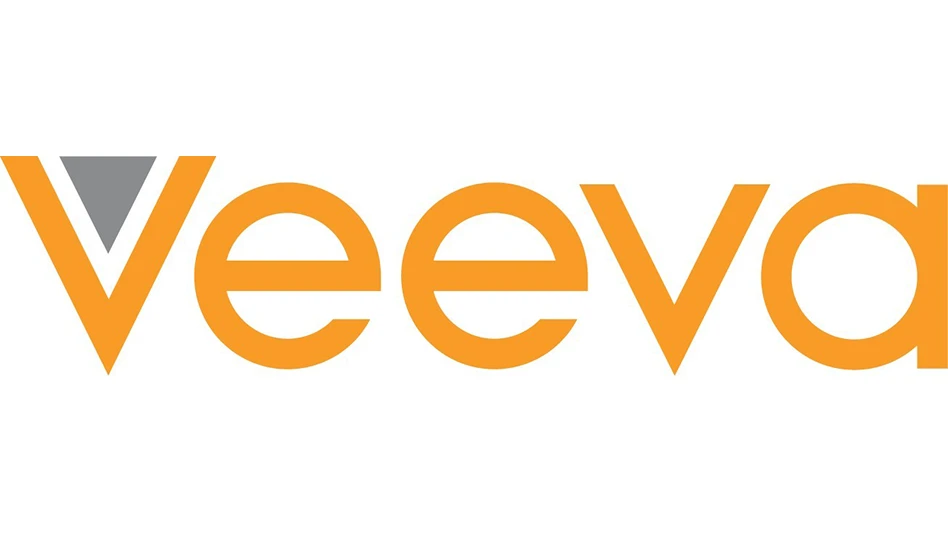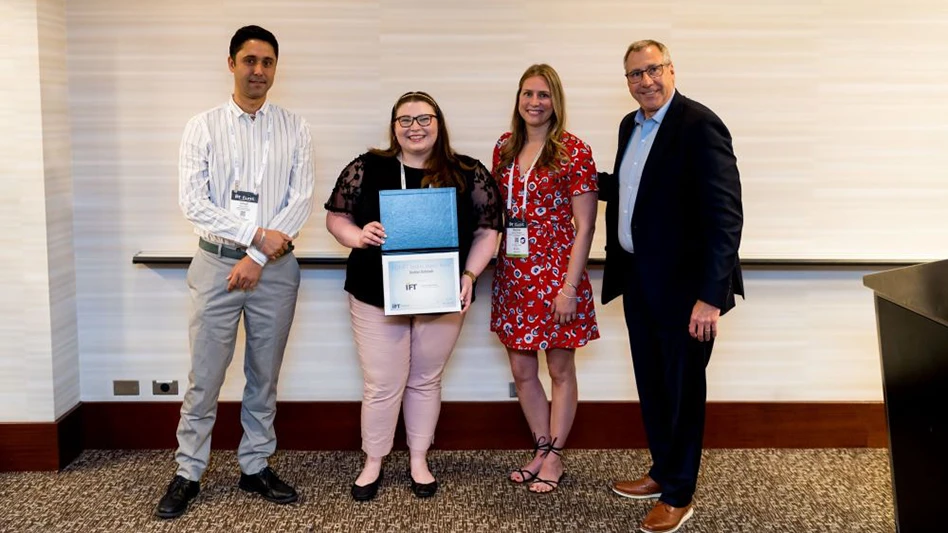
In the food and beverage (F&B) industry, sanitation is not merely a routine task — it’s a critical component of ensuring food safety and maintaining consumer trust. Effective sanitation practices are essential for preventing contamination, ensuring compliance with regulatory standards and protecting public health.
IMPORTANCE OF SANITATION. Proper sanitation helps eliminate harmful microorganisms that could lead to foodborne illnesses. This is crucial in protecting consumers and avoiding outbreaks that can have severe health implications.
Adhering to sanitation standards is not only a best practice but also a regulatory requirement. Compliance with regulations such as FSMA helps avoid legal issues and potential fines.
Clean facilities and equipment contribute to the consistent quality of food products. Any lapses in sanitation can affect the taste, appearance and safety of food, impacting customer satisfaction.
A commitment to high sanitation standards helps build consumer trust and confidence. Negative incidents related to food safety can damage a brand’s reputation and lead to recalls and financial losses.
MASTER SANITATION SCHEDULE MANAGEMENT AND FSMA REQUIREMENTS. FSMA has established rigorous standards for food safety, including the need for comprehensive sanitation practices. One key component is the Master Sanitation Schedule (MSS), a detailed plan that outlines cleaning tasks, frequencies and procedures as an essential prerequisite for ensuring food safety. It involves ensuring that all areas and equipment are cleaned according to a set timetable; documenting specific cleaning methods, required materials and responsibilities; and continually assessing the effectiveness of the sanitation program and making adjustments as necessary.
CLOUD-BASED SOFTWARE. Cloud-based software offers a flexible approach to managing sanitation tasks, real-time scheduling, monitoring and reporting from any location. This centralized system improves oversight across multiple facilities, ensuring consistency in sanitation practices and compliance. Unlike traditional on-premise software solutions that require installations at each facility, cloud-based solutions eliminate the need for costly and time-consuming setup. This reduces overhead costs and simplifies implementation.
Modern cloud-based solutions facilitate digital-first approaches to data capture, including visual evidence of the MSS execution. Structured checklists and mobile device compatibility ensure that sanitation tasks are recorded accurately and efficiently. This digital approach enhances data reliability and accessibility.
Cloud-based software provides robust governance features, including the ability to track and manage deviations from the MSS program. Reporting on MSS execution and MSS results to be able to spot the “first signs” on problems and initiate CAPA/RCA processes ensures discrepancies are promptly addressed and documented, improving overall sanitation governance.
When integrated with a Quality Management System (QMS), cloud-based sanitation solutions enable Corrective and Preventive Actions (CAPA), Standard System Operating Procedures (SSOP) process validation and Root Cause Analysis (RCA) for MSS non-conformances. This seamless integration also supports digital HACCP (Hazard Analysis and Critical Control Points) solutions, facilitating comprehensive food safety management.
REAL-TIME MONITORING. Real-time monitoring for sanitation allows for the immediate detection of sanitation issues, e.g., equipment malfunctions or deviations from protocols. This enables swift corrective actions, minimizing the risk of contamination.
Real-time data collection provides accurate and up-to-date records of sanitation activities, reduces the risk of human error in documentation and ensures that all tasks are properly logged. It helps in better allocation of cleaning resources, such as personnel and cleaning agents. This ensures that resources are used where they are most needed, improving overall sanitation effectiveness. It also creates a detailed audit trail of all sanitation activities. This is valuable for internal audits and external inspections, providing clear evidence of compliance and effective sanitation practices.
Real-time monitoring systems can integrate with other management systems, such as Quality Management Systems (QMS) and Hazard Analysis and Critical Control Points (HACCP) plans, to provide a comprehensive approach to food safety management.

Explore the Sept/Oct 2024 Issue
Check out more from this issue and find your next story to read.
Latest from Quality Assurance & Food Safety
- Multistate E. coli Outbreak Linked to Iceberg and Romaine Lettuce Blend
- FDA, USDA Seek Information About Food Date Labeling
- William Marler, Food Safety Advocate and Lawyer, Condemns Lack of Safety of U.S. Food Supply
- AFDO Infographics Illustrate State-Level Impact of FDA’s Proposed Budget Cuts
- Multistate Outbreak of Salmonella Typhimurium Linked to Cucumbers
- USDA Begins National Milk Testing Strategy to Address H5N1 in Dairy Herds
- USDA Announces Grain Inspection Advisory Committee Appointments
- Eagle Product Inspection Highlights FA3/M Fat Analysis Machine for Meat Inspection





